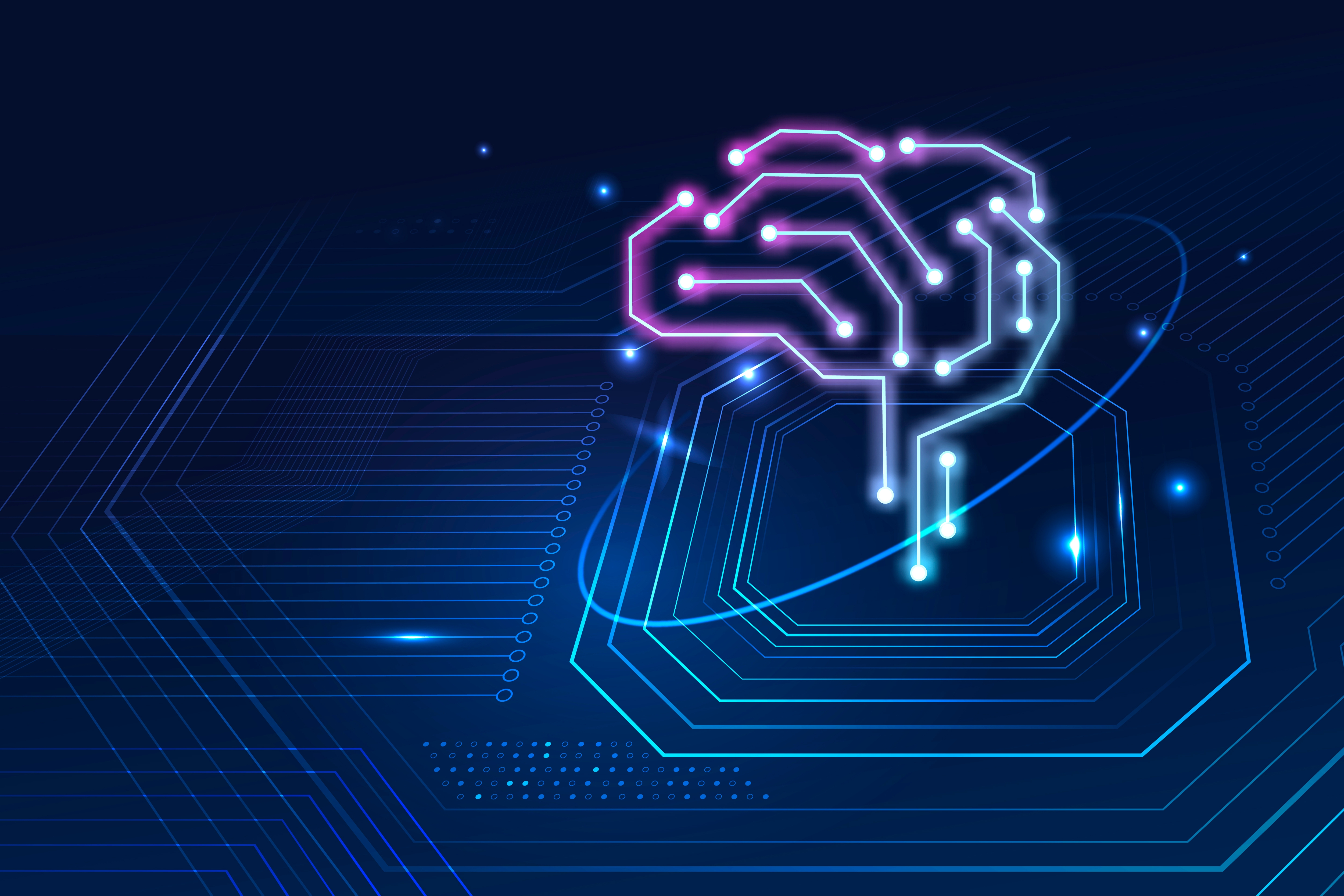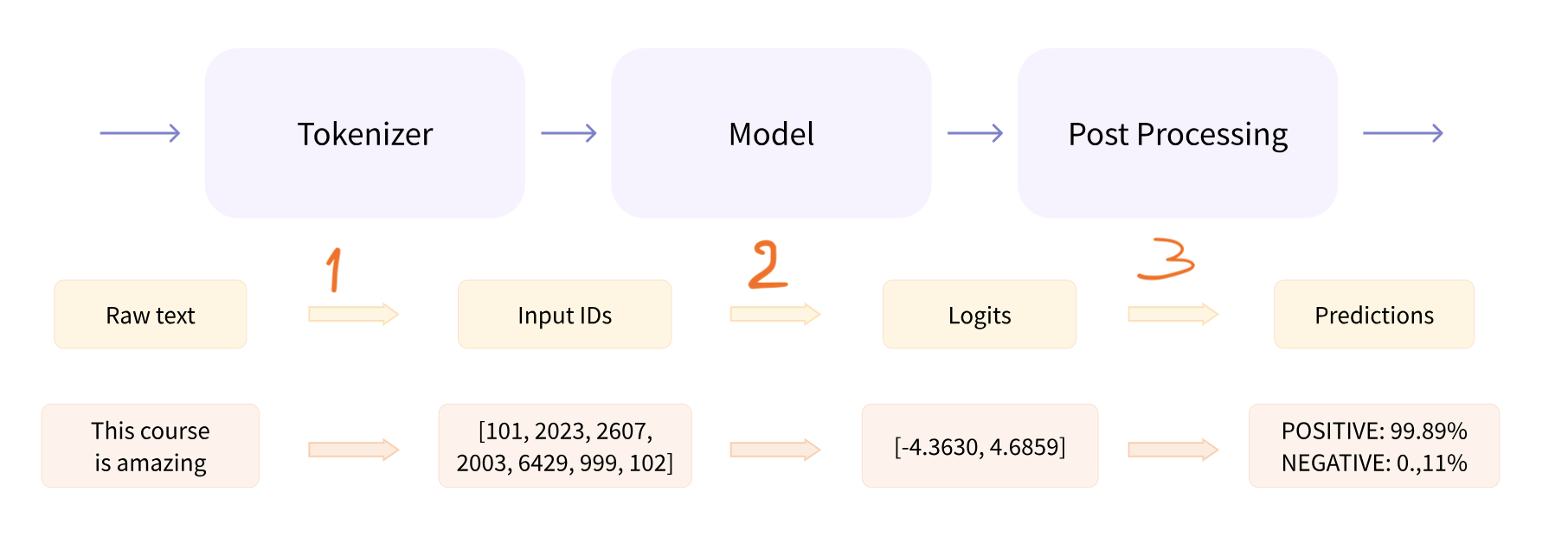Understanding "Pipeline" in transformers
 Priti Solanki
Priti Solanki
Coming from an engineering background, my initial understanding of "pipeline" was heavily influenced by a DevOps perspective. However, I've learned that the term takes on a broader meaning in machine learning. In DevOps, pipelines often refer to automated workflows for software development and deployment. In contrast, machine learning pipelines encompass the entire sequence of data processing, model training, and prediction generation. This broader context is crucial for a comprehensive understanding of how pipelines function in the machine learning domain.
In essence, a pipeline refers to a process with distinct, sequential steps that lead to a desired outcome. In machine learning, a pipeline represents a series of activities that transform an initial input data stream into a specific output. This structured approach ensures efficient and repeatable model building.

The image is taken from the course I am going over at hugging face.
Transformers can't directly process raw text. Instead, It use a tokenizer to break the text into individual words (or smaller units like characters) and assign a unique integer code to each word. The tokenizer might also add extra information relevant to the model's task, such as the word's position in the sentence.
In step 2: The transformer receives these integer sequences as high-dimensional vectors. Within the model, these vectors are analyzed to understand the relationships between words and build context. This allows the transformer to grasp the meaning of the sentence.
In Step 3: Finally, the transformer outputs a series of values called logits. These logits represent the likelihood of each possible next word or element in the sequence. In post-processing, these logits are converted into probabilities, making it easier to interpret the model's prediction about the most likely continuation or meaning of the input text.
Understanding the "pipeline" is crucial as it helps when you are ready to train or fine-tune your ML model. I hope you find it interesting. Please drop your queries and comments.
Subscribe to my newsletter
Read articles from Priti Solanki directly inside your inbox. Subscribe to the newsletter, and don't miss out.
Written by
